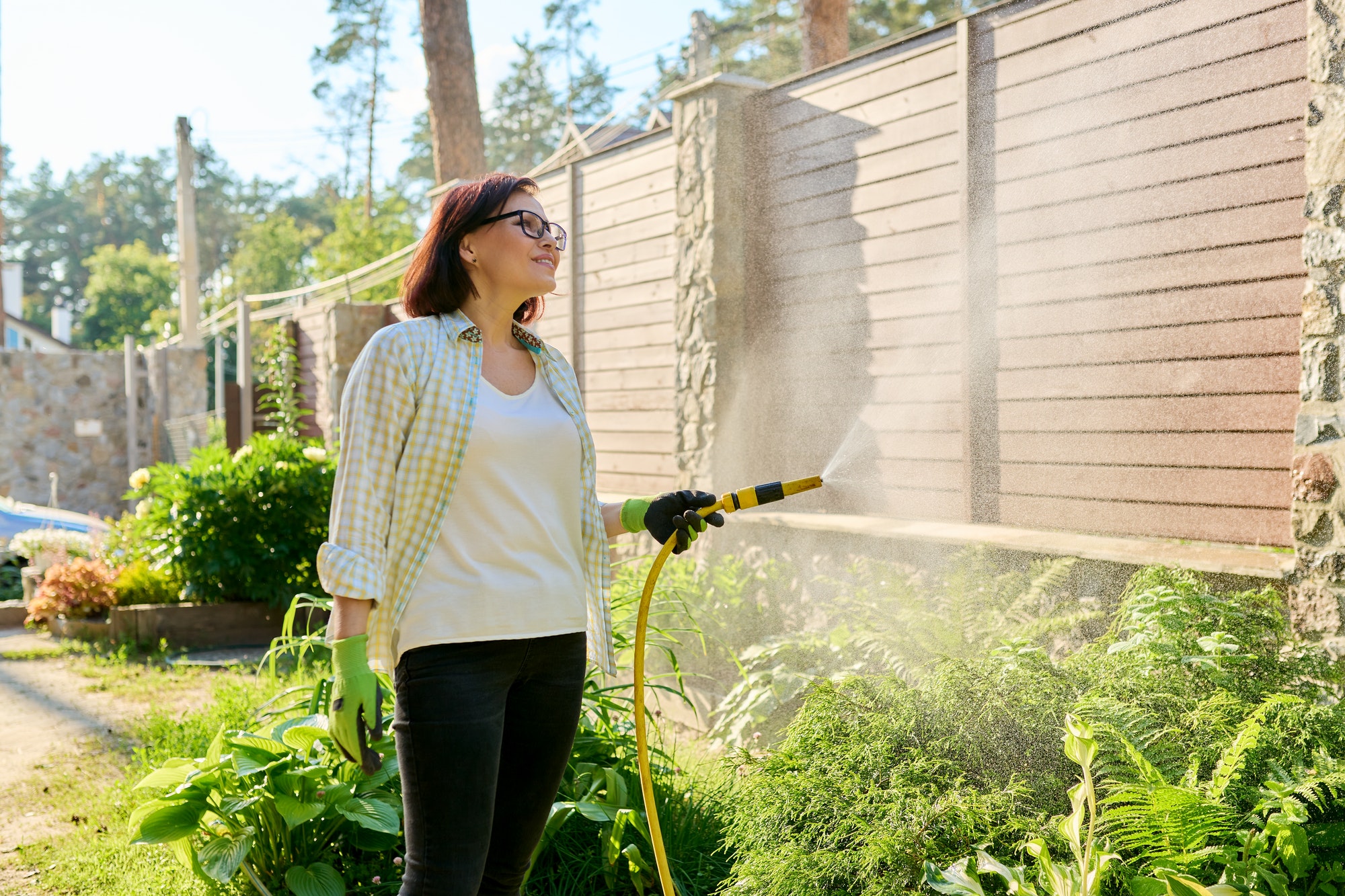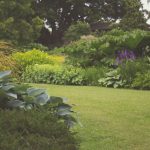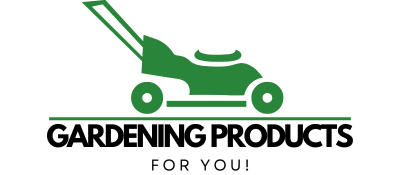
Gardening 101 – Choosing Plants For Your Garden
On 2022-06-04 by Donald EdwardsWhen deciding which plants to grow in your garden, consider their family. Nightshade plants include tomatoes, peppers, eggplants, and potatoes. The allium family includes onions, leeks, and garlic. Legumes, like southern peas, provide important nitrogen to the soil. These crops often share pest problems and require nitrogen-rich soil. To minimize the amount of pest damage, rotate your crops every three to four years. Plants in the same family can have similar pest problems, so be sure to choose plants that are not related to each other.
Sunflowers are among the quickest-growing flowering plants, so you should plant them in the sunny part of your garden. These flowers require ample sunlight and loose soil. Spinach is a staple crop that grows within a month, although you should water it regularly or the plant will wither and die. Some vegetables should be left to ripen on the plant rather than harvesting them. A good way to avoid this is to plant them in the early spring and let them reach maturity when they are fully mature.
Some plants grow only in certain climate zones. Plants that grow in temperate zones need a winter resting period. Plants from temperate areas benefit from this, while tropical plants tend to grow year-round. Deciduous trees and bulbs need a resting period, while tropical plants grow continuously. Chrysanthemums, for example, do not require their parent plant to flower. Artificial lighting, however, will help them to flower and set seed pods year-round.
Besides fruits and vegetables, there are cultivated animals as well. There are about 2500 species of cultivated plants and fewer hundred species of cultivated animals. Many are adapted to agriculture. Of these, a few hundred are dominant. In terms of cultivated plants, the most common are cereals, pulses, fruits, vegetables, and roots and tubers. Animals include chickens, sheep, and buffaloes. They all provide essential food for our lives.
Vegetables are the most nutritious of all. Harvesting them before they wilt is crucial, as they regain moisture overnight. Moreover, vegetable starches are converted to sugars in the night, making them crisper and more sweet. After harvest, keep your harvested vegetables in a cool and dark place to slow down their degradation. If you have harvested your vegetables earlier, they’ll still be edible and fresh. Soybeans are also a great option for snacks.
Radishes are great crops for the garden, because of their speed and ability to produce. They serve as markers for other crops, which can be harvested as they emerge. A variety called ‘Cherry Belle’ is among the fastest radishes. Spinach, on the other hand, is a great plant for cool weather. They can be harvested leaf-by-leaf for baby greens or matured whole. Some early performers include ‘Space’, ‘America’, and ‘Bloomsdale.
Cucumbers are great for a vegetable garden, as they take up little space, grow quickly, and can be harvested as early as thirty days after planting. Picklebush and Northern Pickler cucumbers are particularly quick to harvest. Also, consider planting petunia seeds in your garden, which adds bright colors and a sweet scent. If you grow your cucumbers in a greenhouse, you can even use the seeds for pickles!
- Ooni Pizza Oven and Patio Heater: The Ultimate Outdoor Cooking and Comfort Combo

- Outdoor Heating and Indoor Plants: Enhancing Comfort and Style in Your Home

- Creating a Pet-Friendly Home with Stylish Decor: Tips from the Pet Shop

- Exploring Ardcarne Garden Centre and Boyle Garden Centre: A Garden Lover’s Guide in Roscommon

- Creating the Perfect Home Sanctuary: Outdoor Heating and Indoor Plants

- Enhancing Your Outdoor Space: Garden Furniture and Pet Shop Essentials

- Enhance Your Outdoor Cooking Experience: Weber BBQ and Pizza Oven

- Bark United Kingdom: Your Go-To Platform for Pet Services
- The Sizzle of Success: Weber BBQs in Ireland
- Title: Enhance Your Garden Oasis: Must-Have Products for Every Gardener
